What are the greatest heights a musician must achieve in order to be a good pianist? Clearly, it is not just technique and skills but setting a standard with own creativity and connection with the grand instrument. For years, the pianists in the industry have set their examples with exceptional compositions that stirred the listeners and opened a gate evolution for the coming years. Today, we are going to know about the top 10 greatest pianists of all time who pioneered Classical Music.
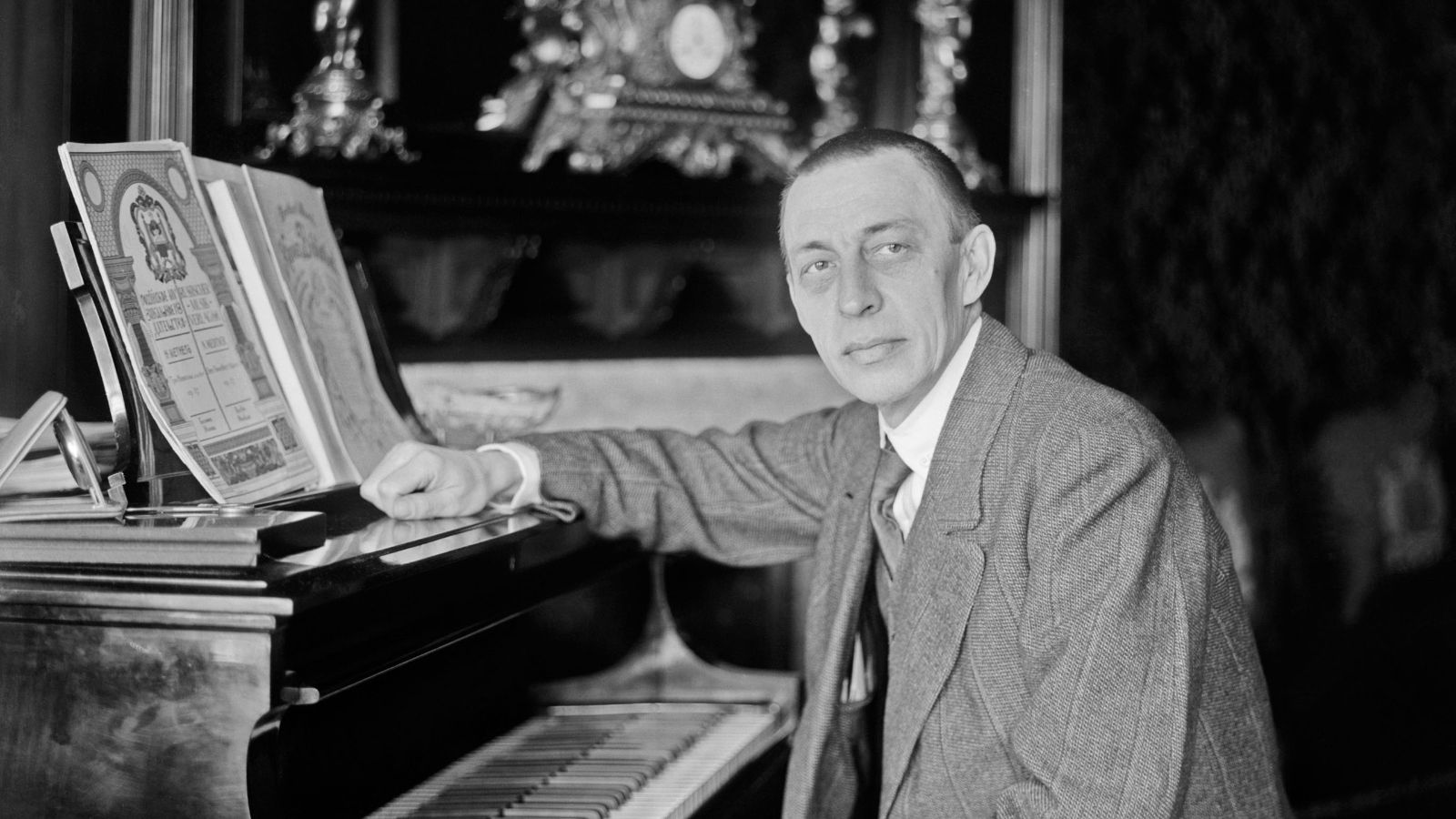
Sergei Rachmaninoff (1873-1943)
The world of music is blessed to have Rachmaninov and his recordings as well as the music he wrote. There is a vast range of musical resources and an omnipresent melancholic attachment in his compositions. An adequate amount of stamina and creativity is required to come up with such rhythmic instinct. His rhythmic gift was quite evident with an underlying pulse in it, like giving birth to living music. This Russian pianist’s evergreen works yielded much momentum with the tonal quality. The recordings can show his opening work on G flat major or the right-hand chord repeated pattern but it can’t tell how young Sergey played before leaving Russia in 1918. Later on, he started his full-time career in piano playing in different places in Europe and America. He could practice 15 hours of practice every day with extensive tours. Chopin, Bach, Beethoven, Mozart, Schubert, Borodin were featured in Rachmaninov’s programs. The artist once said in an interview, ”You can give their works color… So you make music live. Without color it is dead.”
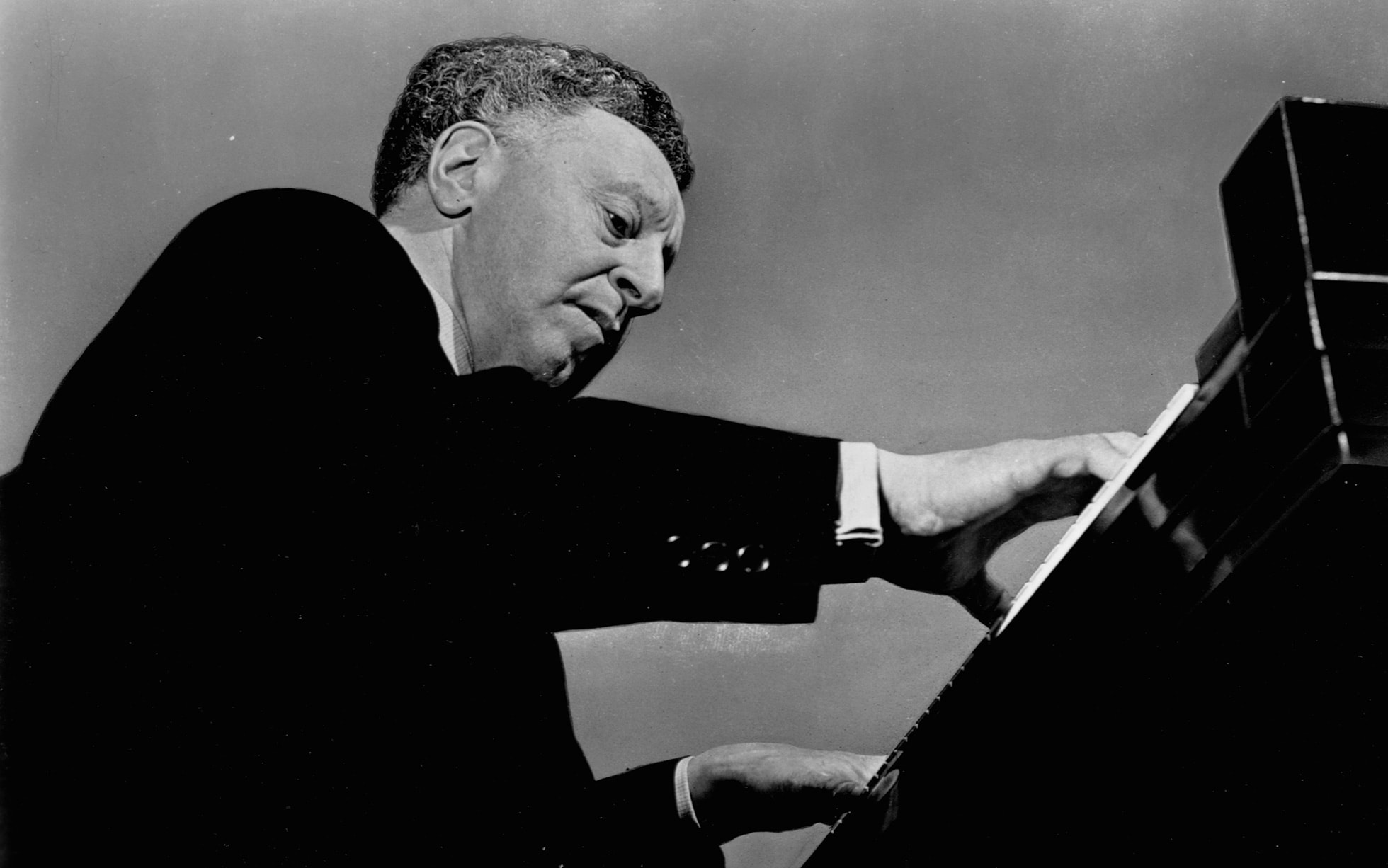
Arthur Rubinstein (1887-1982)
If anyone has reached the peak of artistic ideals in piano, it would be Rubinstein. Whether it is playing Beethoven or Albéniz, Fauré or Brahms, Ravel or Schubert; he showed his superiority with sublime textures and elegance. Rubinstein’s interpretations and artistic poise mesmerized everyone. The structural display of mazurkas, waltzes, and nocturnes is remarkably attractive and reflects his profound musical intuitiveness. This polish pianist’s polonaises, preludes, scherzos, sonatas, ballades, and concertos have enriched the industry with a wave of creative influence. His stereo-era recordings from the 1950s created a prodigy in the 20th century. His refined techniques of fingertips still sound bold and unique after all these years. He said, “We must transmit what these great compositions express. It is our gift to be able to transmit to an innocent and ignorant public.”

Vladimir Horowitz (1903-89)
The Russian pianist started his international musical career in the 1920s and set an example with his phrasing, rhythm, and dynamics. For the next three decades, he reigned in the industry with his stylish approach to the compositions in a modern swooning manner. He made some thundering octaves of Rachmaninov’s Third concertos, Liszt B minor Sonata, Tchaikovsky’s First and garnered much love and attention across the world. He could open with Bach, meander with Schumann’s C major Fantasy and save Chopin to delight the audience later. However, Clementi, Mozart, Scarlatti, Haydn were always a part of his concerts. This artist’s philosophical musical interpretation is capable of making everyone awestruck as he said, “Perfection itself is imperfection.”

Sviatoslav Richter (1915-97)
One of the most well-revered Russian pianists in the 20th Century who was known for his delicate compositions and personality. He disliked the limelight so much that for years, he used to play in the darkened stages. Empty concert halls and the barns in France were his favorite venues. He was as exceptional as his compositions. He never played any preludes of Chopin or Beethoven’s Second, Fourth, or Fifth Piano Concertos. However, his favorite composer was Wagner. A sheer amount of his individuality made it impossible to distinguish the composer from the compositions. He once said, “I don’t like pianos – I like music more.”

Alfred Cortot (1877-1962)
An ample dose of drama, tension, and poetic interpretations made Cortot one of a kind. He was born in Switzerland in 1877 and studied at the Paris Conservatoire later on he was assigned as the professor there in 1907. This role model of a piano player has taught artists as Clara Haskil, Vlado Perlemuter, Dinu Lipatti, and Samson François. He formed a trio with cellist Pablo Casals and violinist Jacques Thibaud to perform some of the best compositions, and the editions of piano music by Chopin and Schumann. With beautiful tonal quality and production, Cortot could add his soul and psyche to the music of Fauré, Beethoven, Chopin, or Schubert.

Dinu Lipatti (1917-50)
Romanian pianist and prolific music artist Lipatti has brought up a variety of refreshing colors and dynamics which made him and his works immortal. His exquisite works like Bach B flat Partita only reflect his superhuman abilities and reflex of fingers. Whether its Mozart’s gestures or Chopin’s waltzes, he could amplify everything through his soul. He reached the height of his career but unfortunately was diagnosed with Hodgkin’s disease in 1947. After three years of survival, the star had fallen. This musical saint said, “Music has to live under our fingers, under our eyes, in our heart and mind with all we can offer them”.
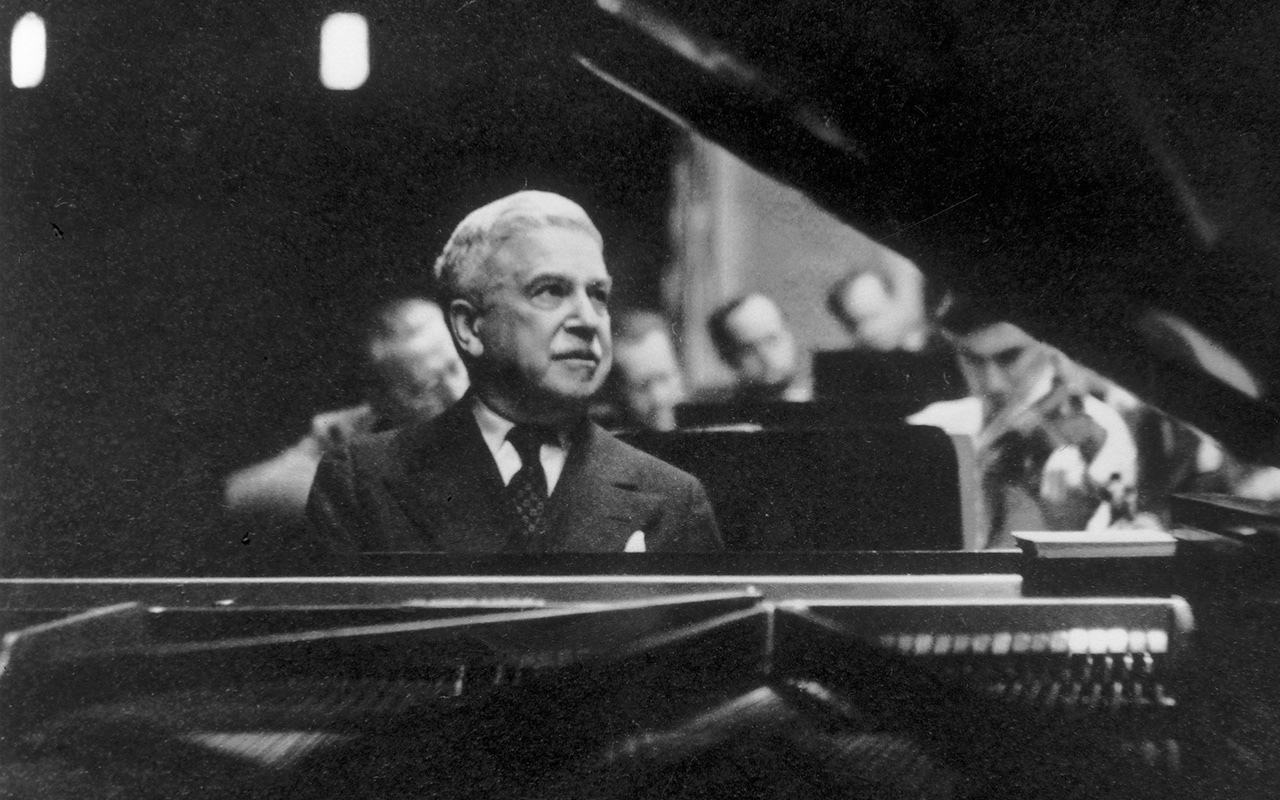
Artur Schnabel (1882-1951)
Austria-based pianist Schnabel has been well known for his work with Beethoven piano sonatas, which set a benchmark with the recordings. Even after sixty years of his death, the pianists and connoisseurs hail him. His works were certainly a mix of perfection and prolific skills along with subtle wrong notes and improvisation. Pioneering a contemporary wave in the industry, his repertoire was limited to Mozart, Beethoven, Bach, Brahms, etc. he believed “Music is one of the performing arts with which, in exercise, one can be alone, entirely alone.”
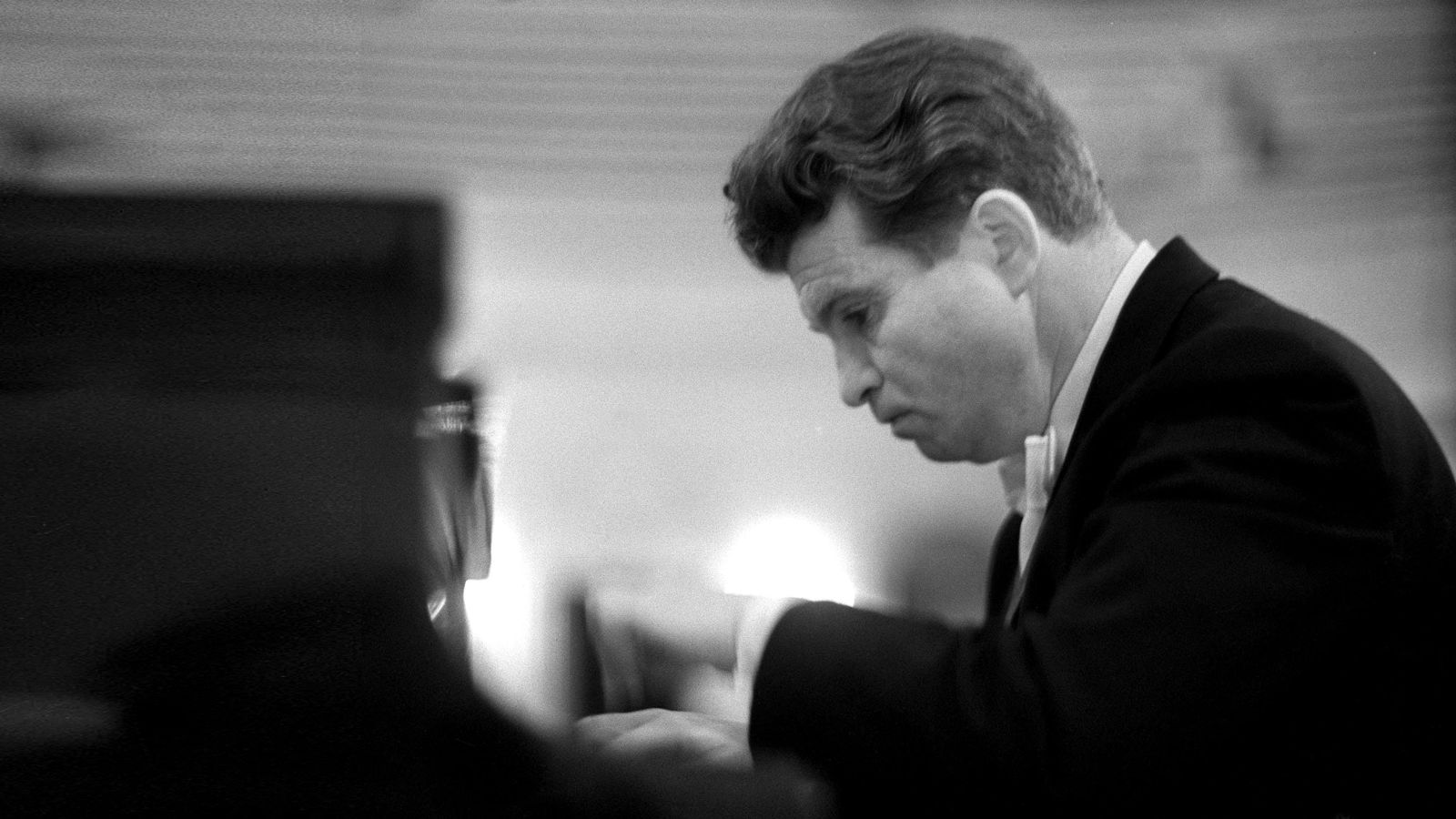
Emil Gilels (1916-1985)
This Russian pianist spent and progressive career with many international concerts and gathered much attention from both east and the west. He shared the same teacher with Richter, named Heinrich Neuhaus and as the result, there are some similarities in style, However, Emil’s performances consist of more life and energy. His Beethoven, Scarlatti, Tchaikovsky and own recordings have enriched the Russian music industry in the 20th century. For him, imagination was one of the biggest virtues as he said, “The imagination comes in when the spirit comes together with the fantasy. Of course, the technique must be there, but the image must go with it.”
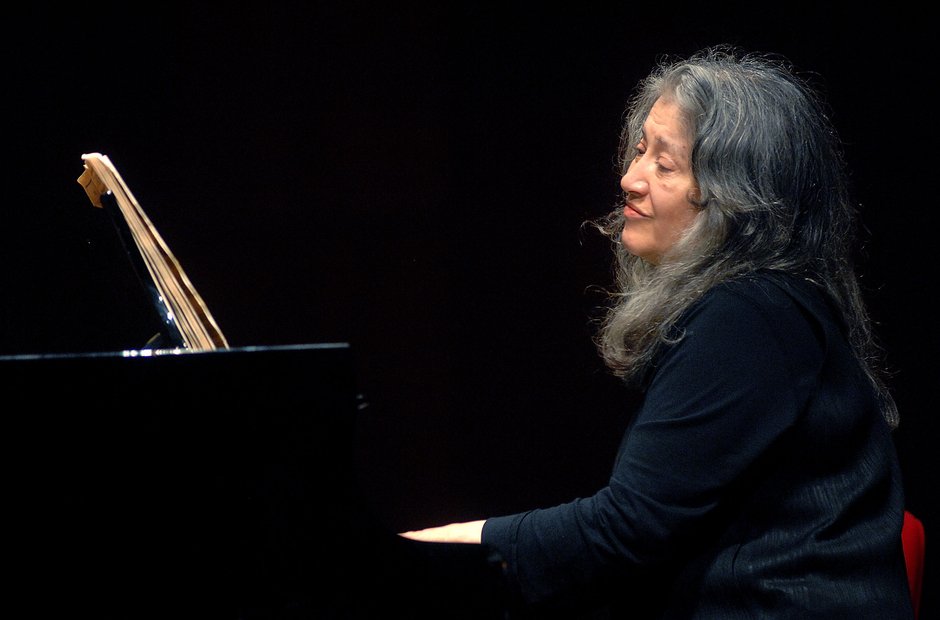
Martha Argerich ( born 1941 )
Hailing from Argentina, the legendary pianist Martha Argerich is undoubtedly one of the finest artists in the modern era. Her expressive performances with astounding skills have mesmerized everyone. 1965 Chopin competition in Warsaw was a milestone of her career. She also won the first prize at the Busoni and Geneva piano competitions in the late 1950s. Her recordings and concerts show an evident inclination towards Schumann, extending from Bach to Shostakovich.

Arturo Benedetti Michelangeli (1920-95)
Michelangeli provided audiences an impeccable blend of resilient tones and brilliantly refreshing improvisations. Masterfully crafted, the musical representation by this artist reflects a fair amount of artsy and sensibility. Restricted and carefully honed, he provided Beethoven sonatas, Mozart concertos, Brahms (Variations on a Theme of Paganini, Ballades Op. 10), Ravel, Debussy, Schumann (Carnaval, Concerto, Faschingsschwank aus Wien), Chopin (Sonata No. 2, F minor Fantasy, G minor Ballade,) and the list keeps going on. This hardworking Italian pianist once said, “To play means labor. It means to feel a great ache in the arms and in the shoulders.”




